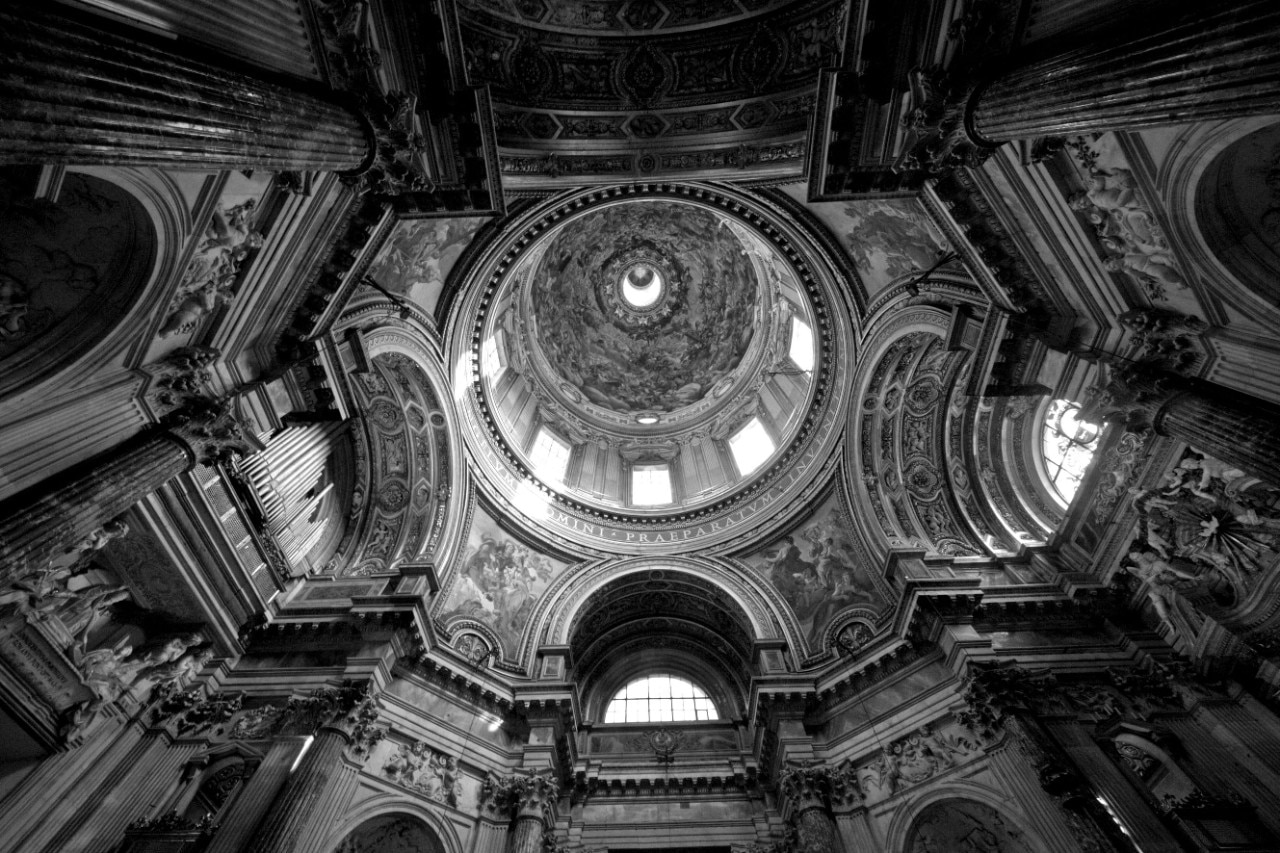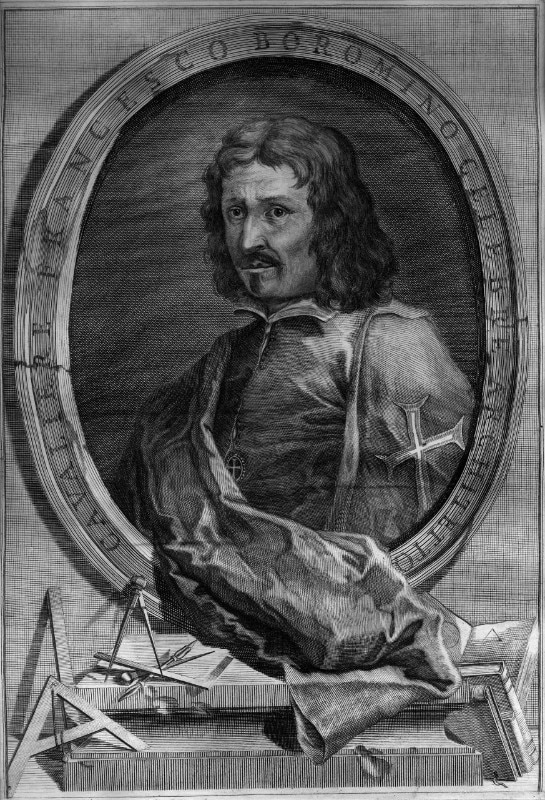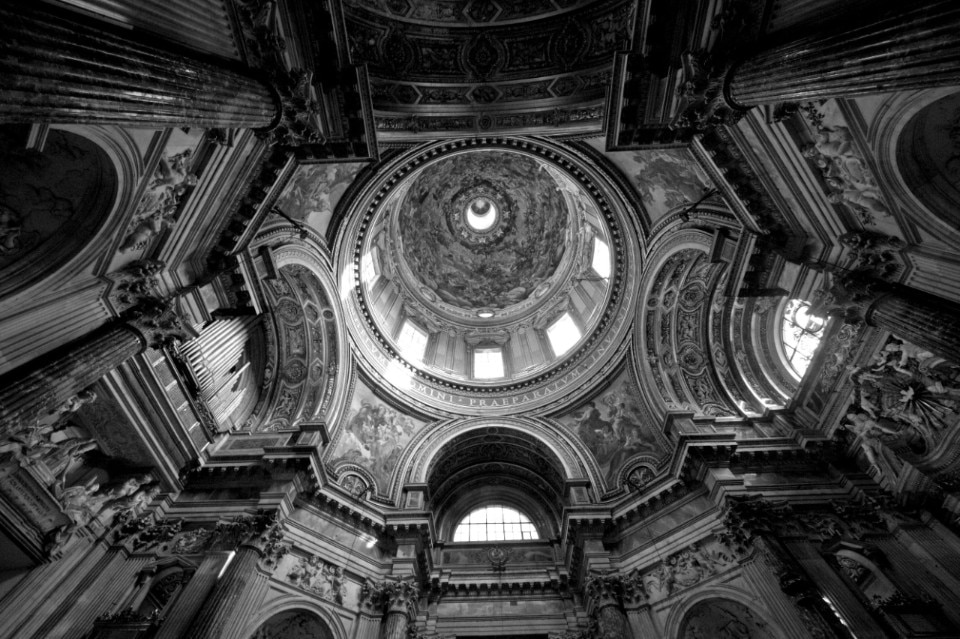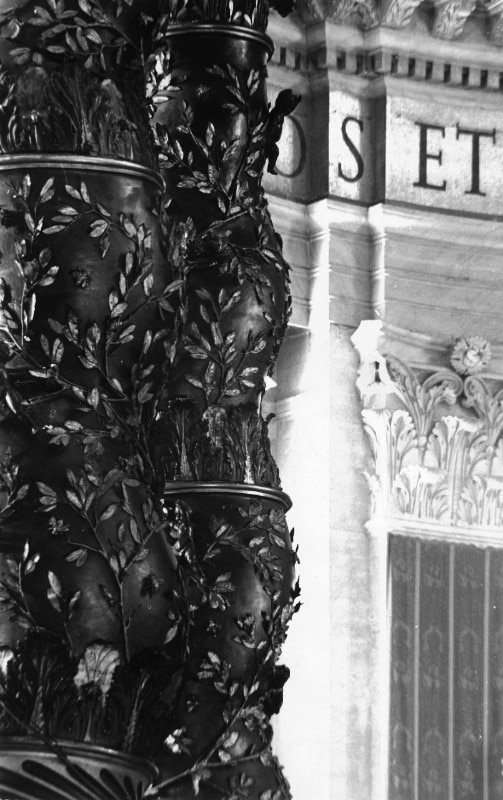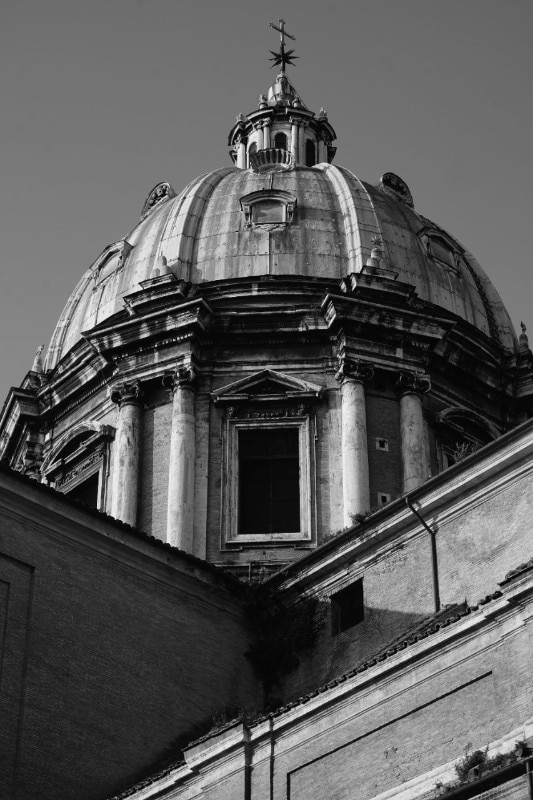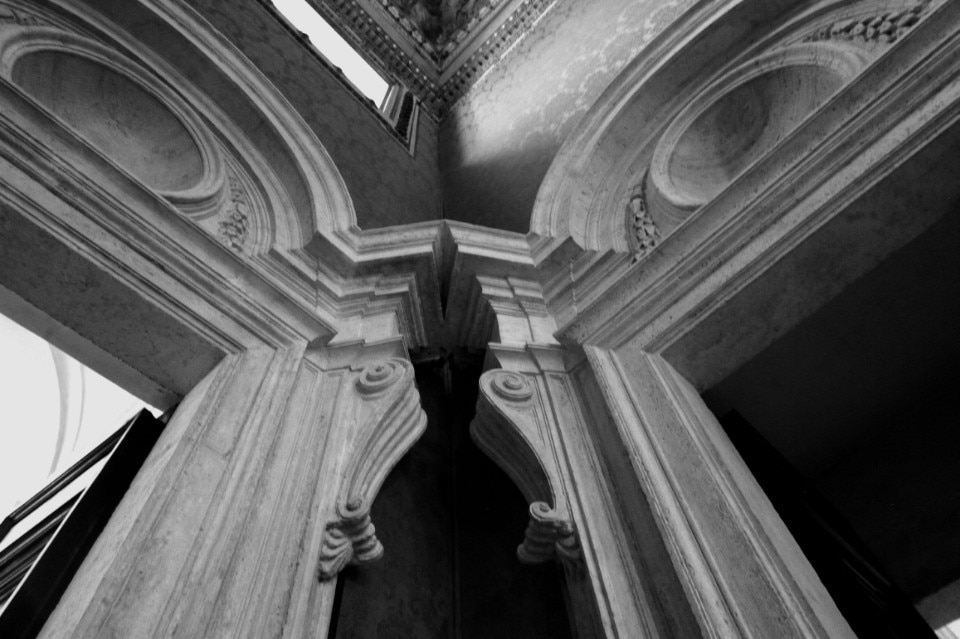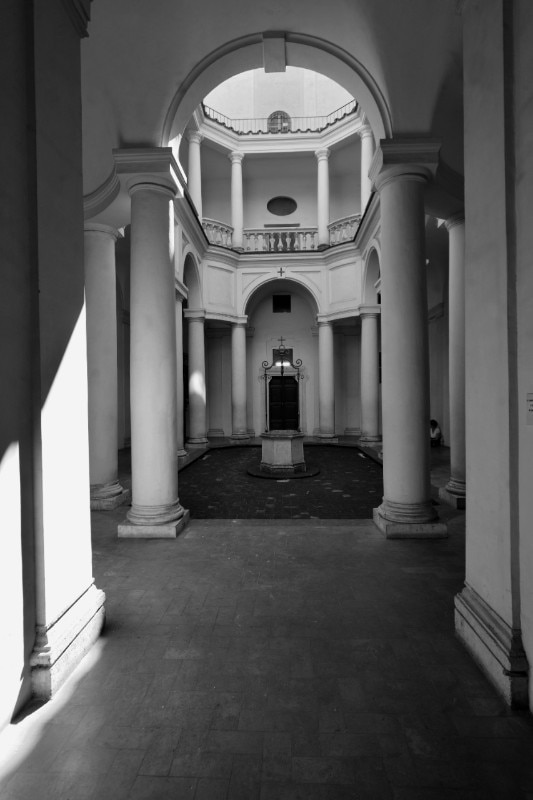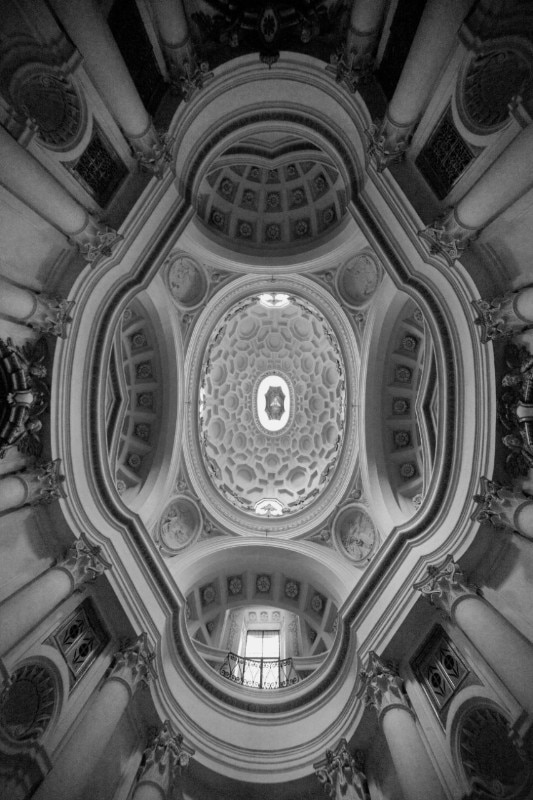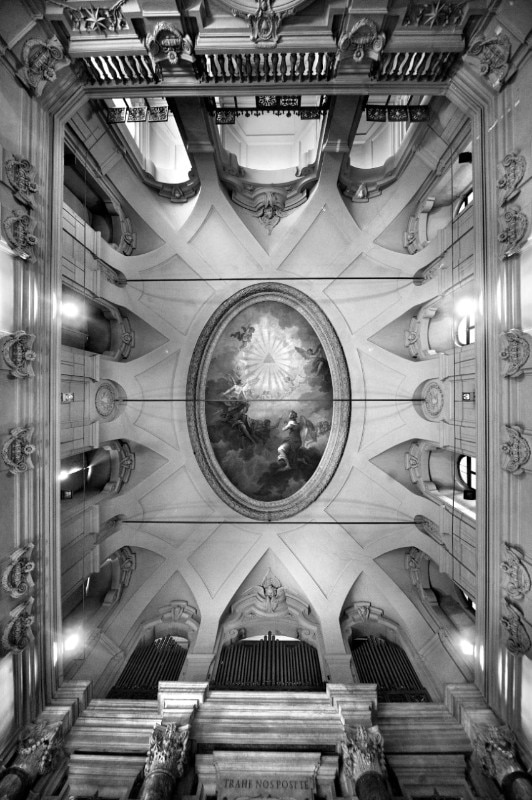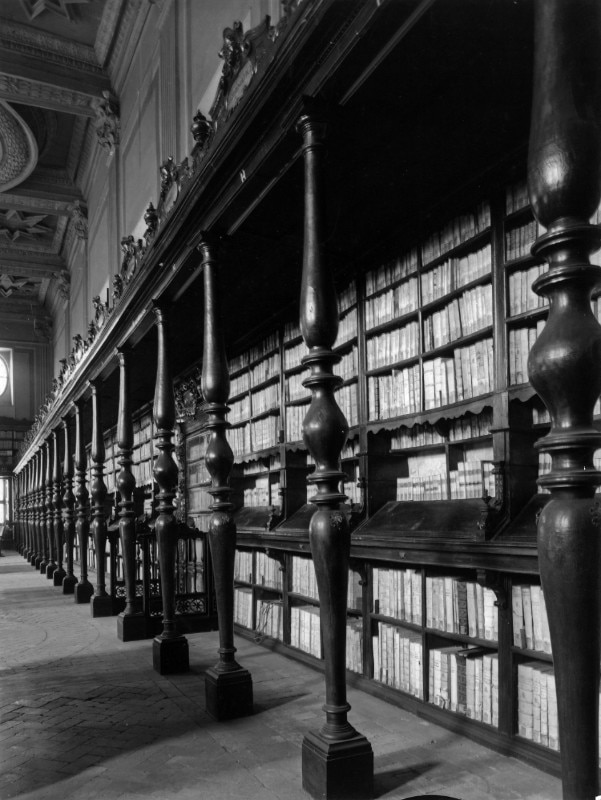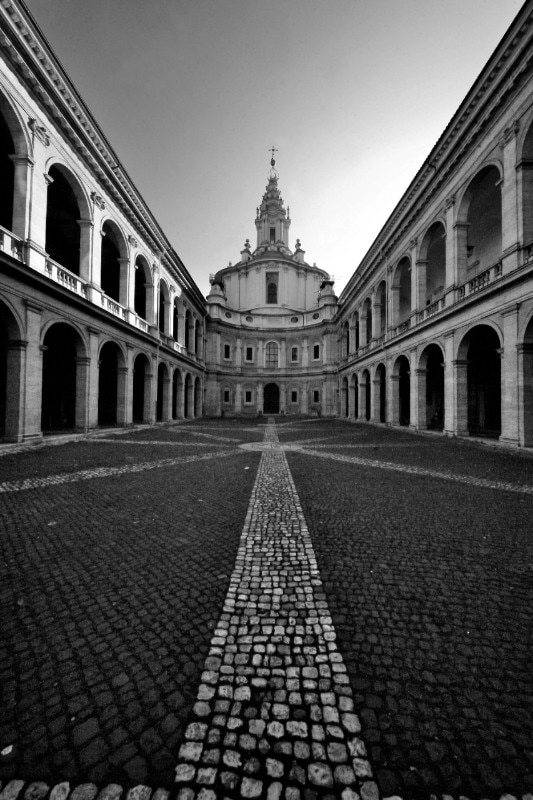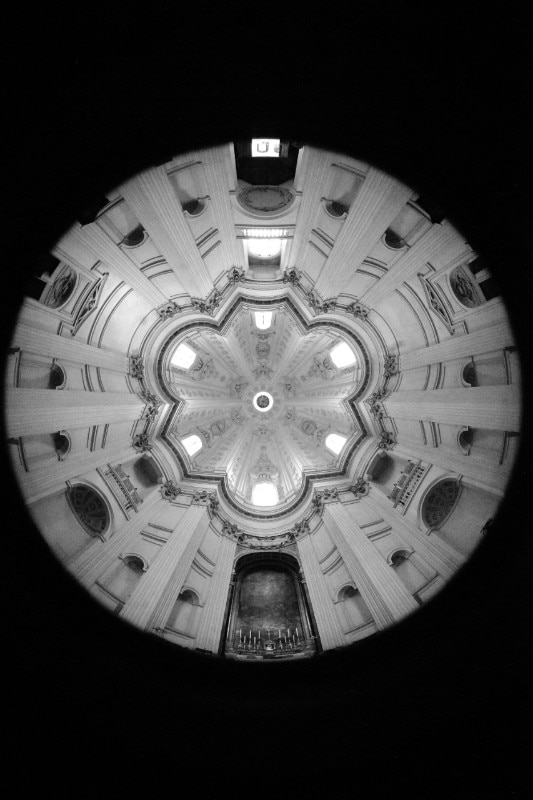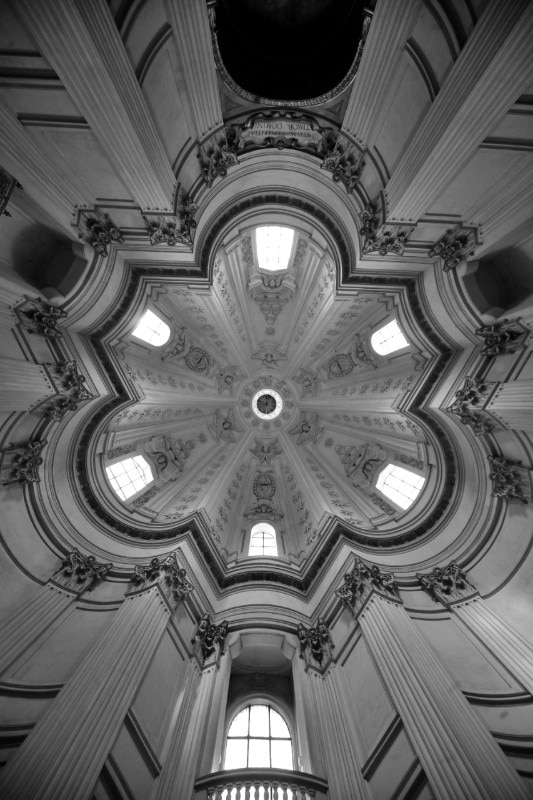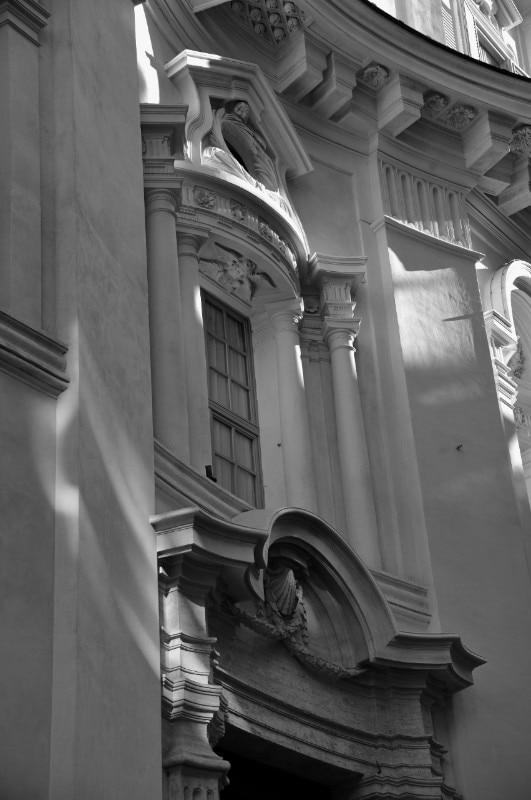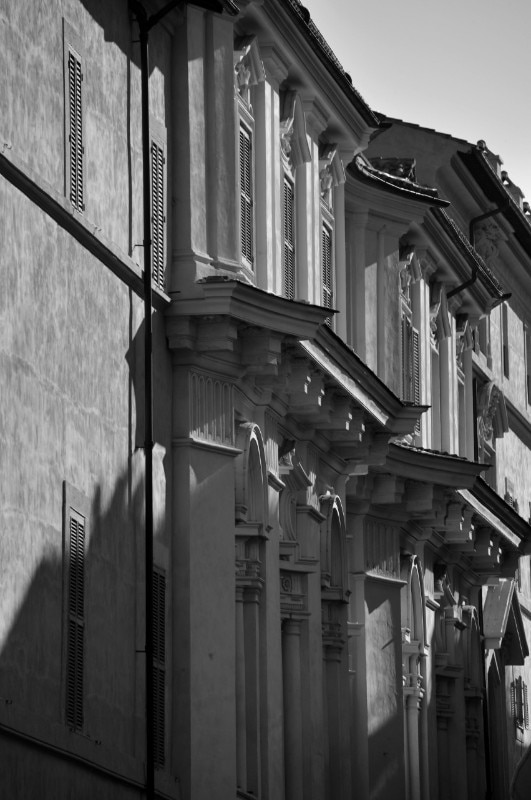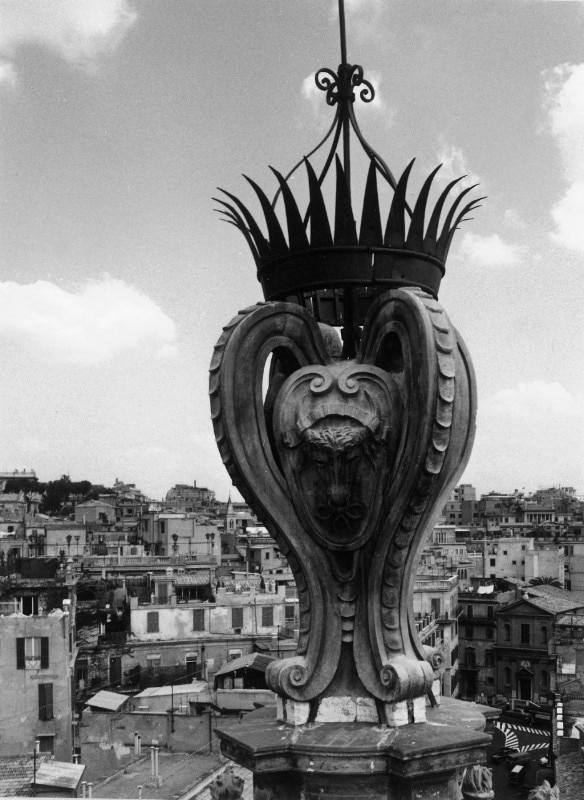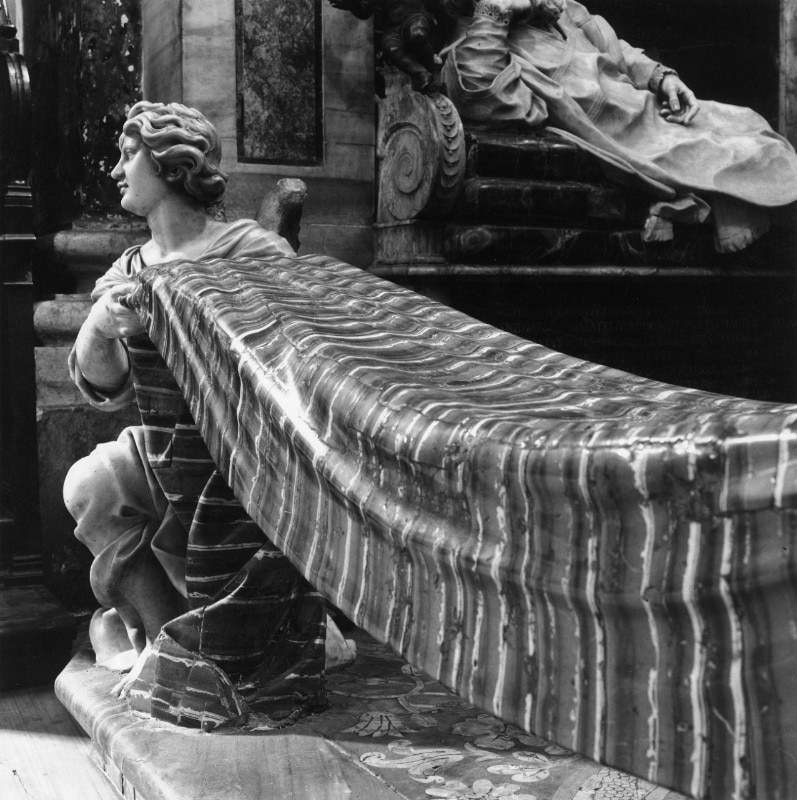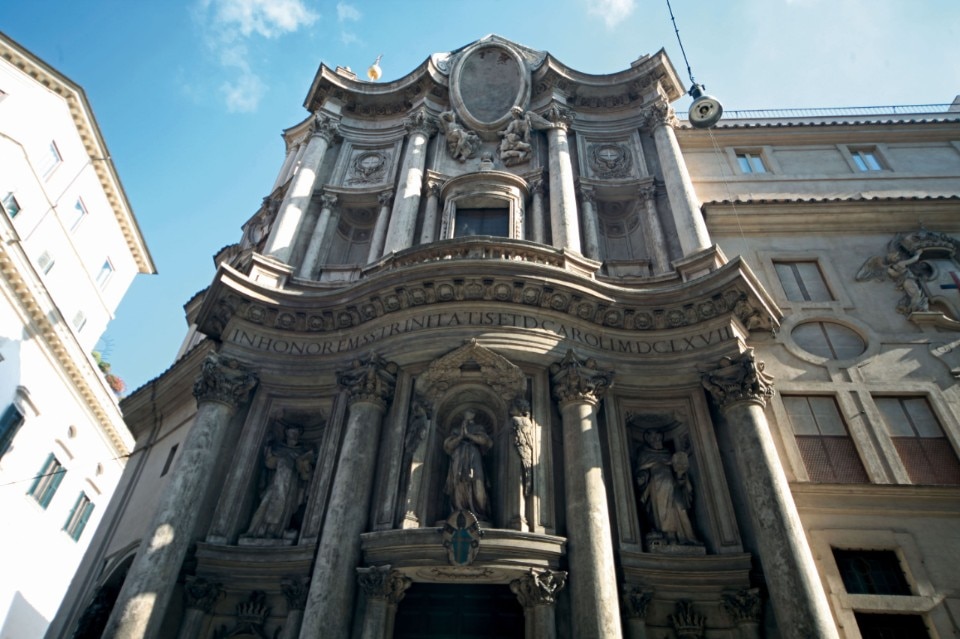The book that Paolo Portoghesi dedicates to Borromini is voluminous, dense and seductive, full of pictures and reflections of great importance that contribute to tell the life and works of one of the greatest protagonists of the seventeenth century. In this book, the genius of Borromini is recreated by famous critic Paolo Portoghesi, who is the author of many original studies ranging from the Renaissance period to this day, a very skilled architect and one of the protagonists of one of the happiest and most controversial seasons of the second half of the twentieth century in Italy.
Portoghesi retraces the life of the artist through a journey that reconstructs his soul and creative inspiration. While reading this book, we get to know a “different” genius, who has a strong personality and is dominated by a proud independence. We are thus faced with an analysis of a precocious talent, of his willingness to constantly improve himself, to stand out from the crowd, to win at all costs. To the point of becoming ill from the frantic search for beauty and its ideal.
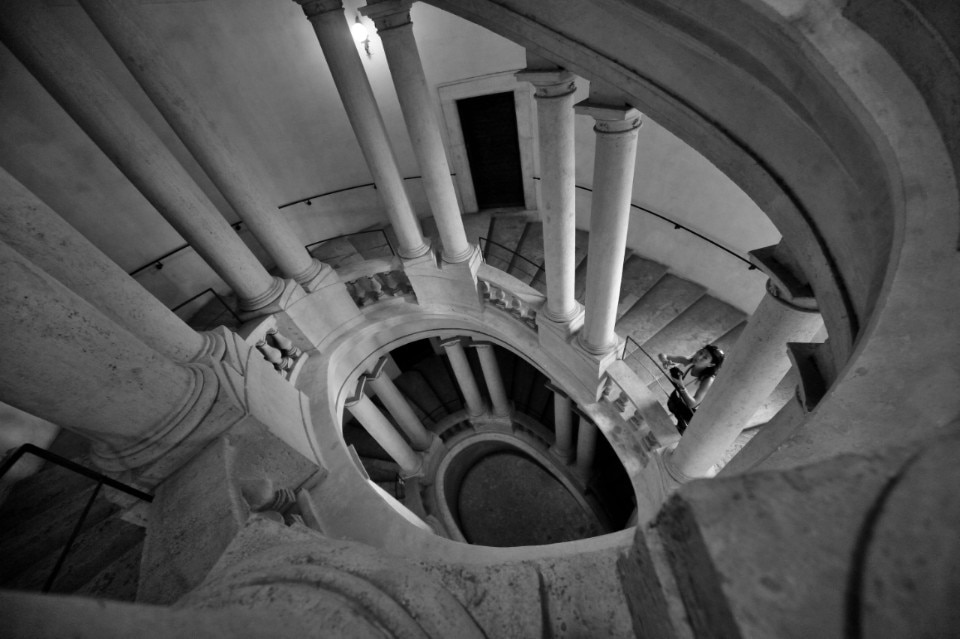
Described in literature as a Platonic visionary, an extravagant, bizarre architect, Borromini grew up in an artistic context - to which he later contributed perhaps more than any other, thus demonstrating the extraordinary impact that he has had over the centuries, tracing the luminous path of a contradictory man with an ardent faith and a vein of secrecy, that would later lead to his unexpected suicide. Portoghesi’s book tells the story of Borromini’s continuous attempt to show the world in its semantic and iconographic complexity, while at the same time respecting the laws of architecture, in an effort to approach the divine through ascetic and spiritual-looking works that fit into the urban space, supporting and at the same time spectacularizing it.
Unconsciously or not, Portoghesi seems to hint at Ernst Gombrich, who at the beginning of his “the Story of Art”, wrote: “There really is no such thing as Art. There are only artists”. And in fact, this is how Borromini is described - as a “necessary” artist, a great personality that could not have been absent, but which still remains to be discovered, suspended between the past and the present, always interpreted in a visionary sense.
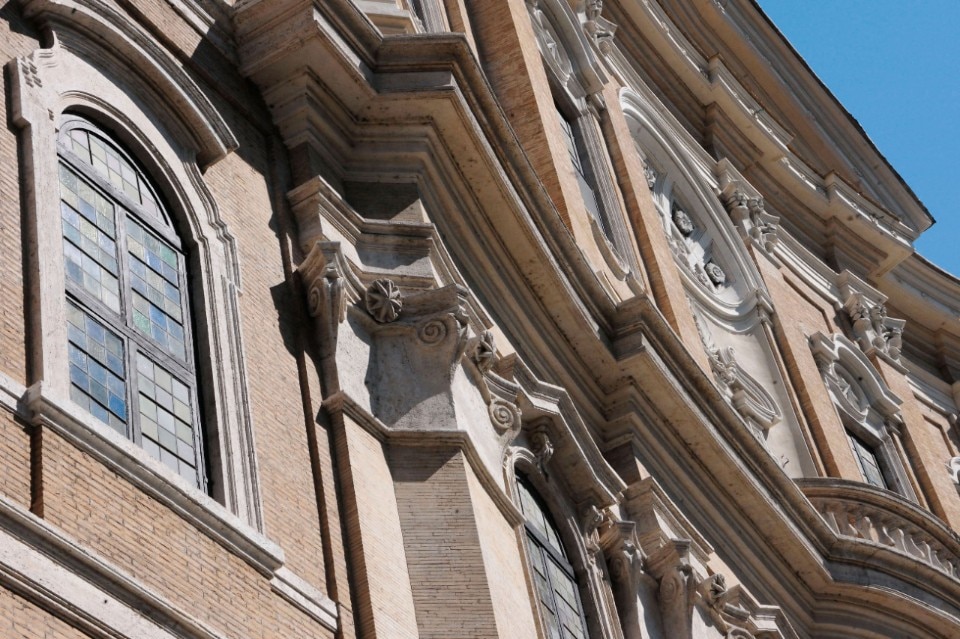
Other studies and monographic chapters have been dedicated to Borromini’s talent, narrating his life and works as if it were some intellectual diaries: originally, they dealt with the period of production of artists such as Gian Lorenzo Bernini, Simon Vouet, Pietro da Cortona and Francesco Borromini himself, described by Giuliano Briganti as “the generation of 1630”. Here, however, things change, and follow the Baroque canon: in addition to reason, Portoghesi makes sentiment speak. And in fact, the real focus of the book is on the chapters that analyze Borromini’s sentimental world, his language and his aesthetics made of shapes and symbols, the artistic journey of someone who became the co-star, especially in Rome, of a historical period that contributed to creating the definition of what will become the most distinctive aspects of modernity. It is increasingly clear that, if Bernini pursues contiguity, Borromini goes beyond it, creating effects of wonder, and spaces coexisting in autonomy thanks to the use of his architectural grammar.
In the context of the most complex events of seventeenth-century art, and at the same time suspended in a sort of splendid isolation, Portoghesi’s volume outlines the peculiarities and character of the artist, from his rise on the Roman scene to the diffusion and proliferation of his works, also through the symbolism of the facades, in the planimetric devices or in the sculptural scanning of spaces. A unique and direct, sentimental and personal experience that not even the pages of a 20th century master of criticism can replace.
- Title:
- Borromini, la vita e le opere
- Curated by:
- Paolo Portoghesi
- Publishing House:
- Skira
- Pages:
- 632


